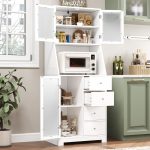Benefits of Cabinet Lighting
Kitchen cabinet lighting offers both practical and aesthetic advantages for modern homes. By improving functionality and adding elegance, it’s a smart choice for any kitchen space.
Improving Visibility for Cooking and Food Preparation
Proper lighting enhances visibility on countertops and cooking areas. Tasks like chopping vegetables or following recipes become easier. Dim or uneven lighting can lead to mistakes and wasted time. Kitchen cabinet lighting ensures well-lit workspaces, boosting efficiency and safety.
Enhancing Aesthetic Appeal
Kitchen cabinet lighting provides an elegant look that highlights your design. It accentuates textures, finishes, and colors in the room. Soft or adjustable lighting can add depth and create a cozy atmosphere. It can transform ordinary kitchens into warm, stylish spaces that impress guests.
Energy-Efficient Lighting Solutions
Many kitchen cabinet lighting options, like LED lights, consume less energy. Energy-efficient solutions reduce electricity bills and carbon footprints. Advanced technologies ensure long-lasting fixtures with minimal maintenance costs. These smart choices promote sustainability while offering optimal performance.
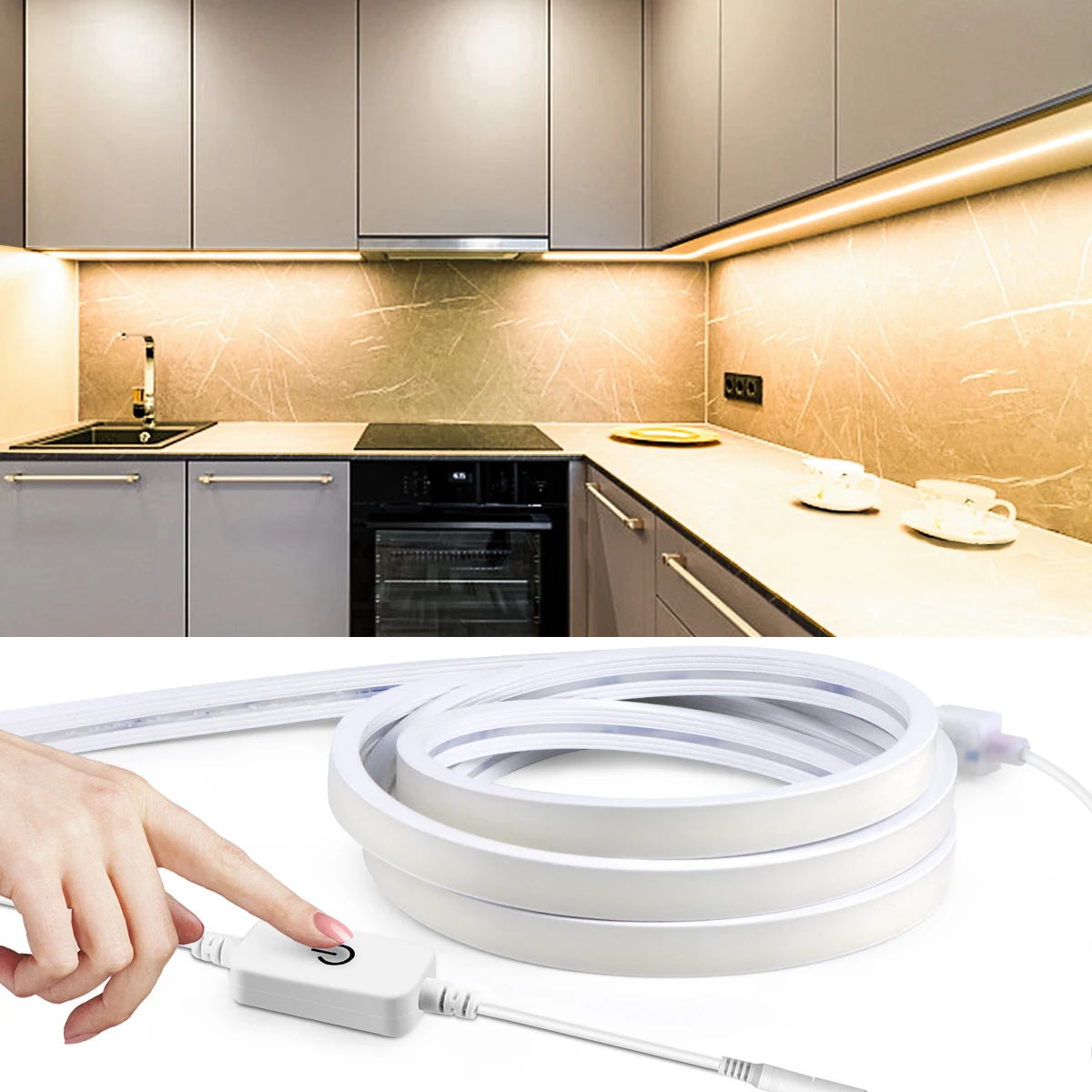 Types of Cabinet Lighting
Types of Cabinet Lighting
Kitchen cabinet lighting comes in various types to suit different needs and preferences. Choosing the right type enhances functionality and adds style to your kitchen space.
Under-Cabinet Lighting
Under-cabinet lighting is installed beneath upper cabinets, illuminating the countertops below. This type is popular for enhancing task areas where food prep or cooking occurs. It eliminates shadows caused by overhead lights, providing clear visibility. LED strip lights and puck lights are common under-cabinet options. They are sleek, energy-efficient, and easy to install, making them a practical choice for many kitchens.
In-Cabinet Lighting
In-cabinet lighting highlights the interior of cabinets, offering both decorative and functional benefits. It is ideal for showcasing glass-front cabinets, fine dishes, or collectibles. In-cabinet lighting ensures visibility inside cabinets, making it easier to locate stored items. LED lights are often used for this purpose due to their small size and brightness. They can enhance cabinet interiors without taking up much space.
Above-Cabinet Lighting
Above-cabinet lighting adds a decorative touch to the top of cabinets, creating a warm ambiance. It draws attention to high ceilings or architectural details, making kitchens appear larger. This type of lighting is typically indirect, perfect for mood lighting or accentuating decor. LED light strips are a popular choice for above-cabinet lighting due to their flexibility and range of color options. It’s a great way to uplift the overall ambiance of your kitchen without overwhelming the space.
Popular Cabinet Lighting Technologies
Kitchen cabinet lighting has evolved, bringing advanced technologies to enhance functionality and efficiency.
LED Lights and Their Advantages
LED lights are popular for kitchen cabinet lighting due to their energy efficiency. They consume less power, reducing electricity costs over time. LEDs also last longer than traditional options, offering durability and minimal replacement needs. These lights emit minimal heat, ensuring safety for kitchen use. They come in various shapes, sizes, and colors, catering to different design preferences. Adjustable brightness options make them versatile for task and ambiance lighting.
Halogen and Fluorescent Options
Halogen lights deliver bright, focused illumination, ideal for specific task areas like countertops. They provide a crisp light that helps with precision tasks. Fluorescent lights are another option, offering soft, even lighting across larger spaces. They consume more energy compared to LEDs but remain affordable. Halogen and fluorescent lights are suitable for homeowners seeking budget-friendly alternatives. However, their lifespan and efficiency are less robust than LED technology.
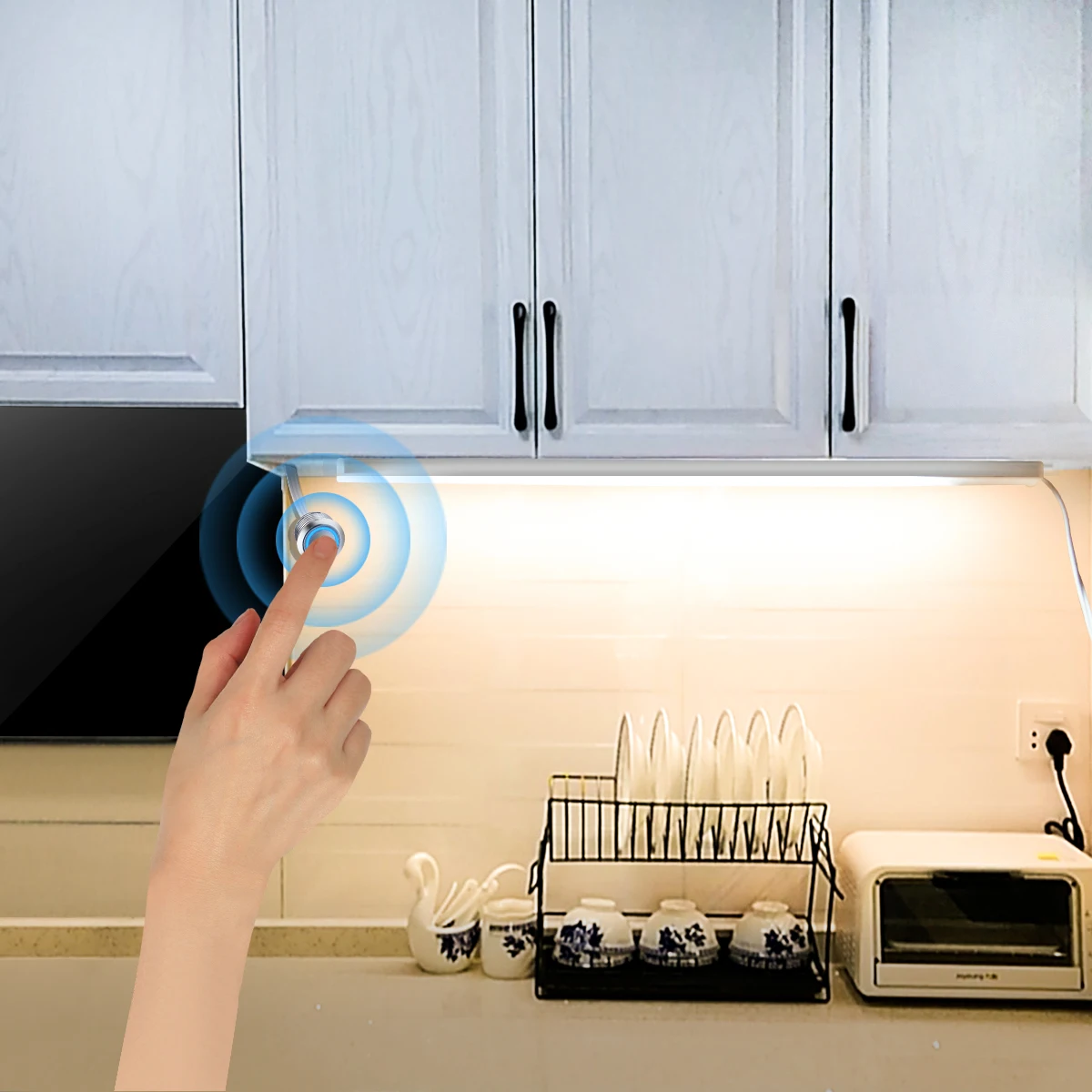 How to Choose the Right Cabinet Lighting for Your Kitchen
How to Choose the Right Cabinet Lighting for Your Kitchen
Selecting the right kitchen cabinet lighting enhances both functionality and style in your space. By considering key factors, you can make a choice that fits your needs and budget.
Factors to Consider: Style, Brightness, and Budget
- Style: Choose lighting that complements your kitchen decor and cabinet design. Modern kitchens may benefit from sleek LED strip lights, while traditional spaces could suit classic puck lights.
- Brightness: Evaluate the level of illumination needed for tasks and ambiance. For task lighting, opt for brighter options, while softer lights create a cozy atmosphere.
- Budget: Consider cost-effectiveness, including the price of lighting fixtures and installation. LED lights may have a higher upfront cost but save money over time due to energy efficiency and longevity.
By carefully assessing these elements, you ensure both practicality and aesthetic appeal.
Choosing the Right Color Temperature
The color temperature of lighting affects the kitchen’s mood and visibility:
- Warm White (2700K–3000K): Creates a soft, welcoming glow, perfect for relaxing environments.
- Cool White (3500K–4100K): Enhances clarity for areas requiring focused light, like countertops.
- Daylight (5000K–6500K): Offers maximum brightness and natural-looking light, ideal for precision tasks.
Match the color temperature to your kitchen’s needs and overall design to achieve optimal results. Investing time in choosing style, brightness, and color temperature ensures kitchen cabinet lighting meets both functional and decorative goals.
Installation Tips for Cabinet Lighting
Installing kitchen cabinet lighting can improve the functionality and style of your space. Whether you opt for DIY or professional services, proper installation ensures optimal performance and enhances your kitchen’s appearance.
DIY vs Hiring a Professional
DIY Installation:
- DIY is budget-friendly and allows hands-on customization.
- Simple setups like plug-in lights are easy for homeowners.
- Requires basic tools and knowledge of wiring and installation.
- Mistakes can lead to safety risks or improper functionality.
Professional Installation:
- Professionals ensure precision and safe wiring.
- Ideal for complex installations, such as hard-wired or recessed lights.
- Saves time and avoids errors.
- Costs more upfront but guarantees high-quality results.
Select DIY if you have confidence and skills. Choose professionals for intricate designs or large projects.
Tools and Materials You’ll Need
- Tools:
- Measuring tape for alignment.
- Screwdrivers for mounting fixtures.
- Wire stripper for electrical connections.
- Materials:
- LED strips or puck lights.
- Double-sided tape or mounting brackets.
- Electrical wiring or connectors for hardwired options.
Gather all tools and materials before starting. This ensures a smooth installation process.
Common Installation Mistakes to Avoid
- Incorrect Measurements:
- Measure carefully to avoid uneven lighting.
- Double-check dimensions before mounting.
- Improper Wiring:
- Follow wiring instructions to prevent electrical issues.
- Use appropriate connectors for safe installation.
- Poor Placement:
- Place lights effectively to eliminate dark spots.
- Avoid installing lights where glare affects visibility.
- Overlooking Compatibility:
- Ensure lighting fixtures match your power source.
- Check color temperature compatibility with your design.
Avoid these errors to ensure your kitchen cabinet lighting achieves the desired results.
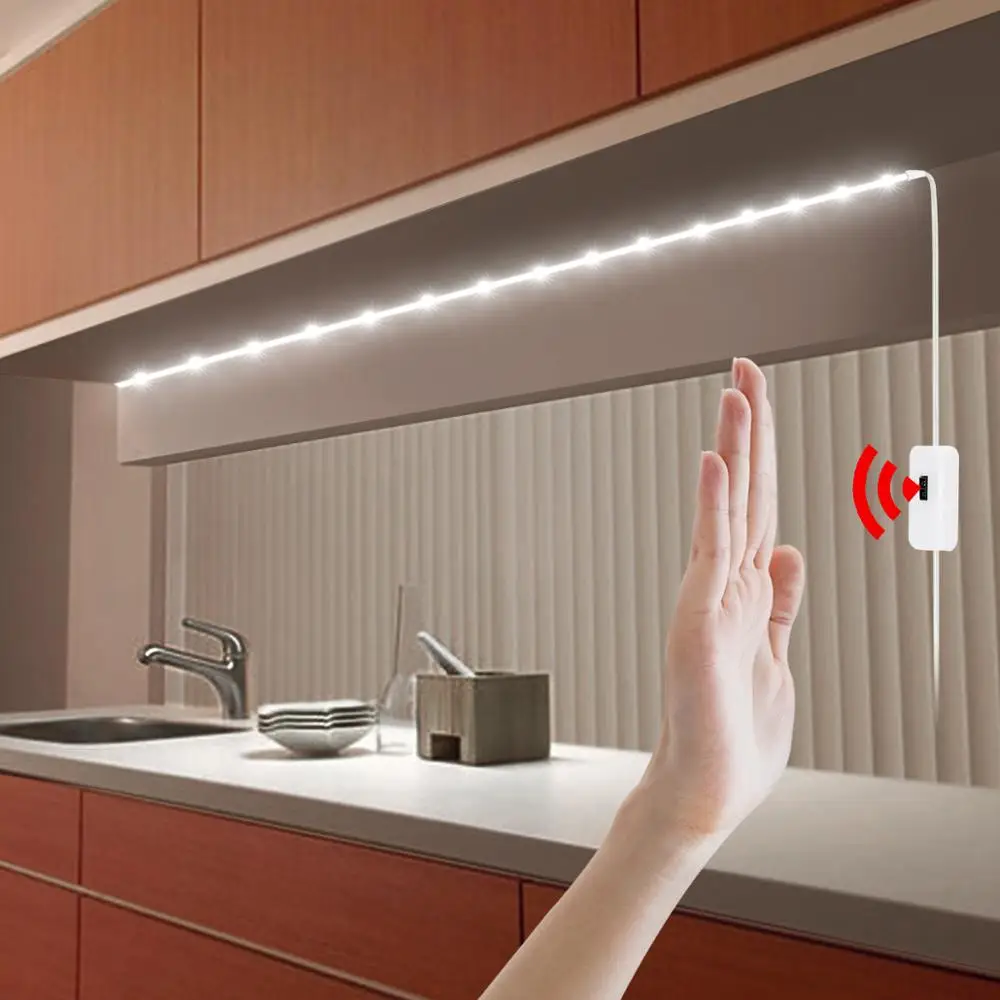 Maintenance and Troubleshooting Cabinet Lighting
Maintenance and Troubleshooting Cabinet Lighting
Proper maintenance keeps kitchen cabinet lighting functional and visually appealing. Addressing problems quickly ensures long-term performance.
Tips for Cleaning and Maintaining Lighting Fixtures
- Dust Regularly: Clean fixtures weekly with a soft, dry cloth to remove dust.
- Use Mild Cleaners: For stubborn stains, use a damp cloth with mild soap. Avoid harsh chemicals.
- Inspect Connections: Check wires and plugs for any damages or loose fittings.
- Replace Bulbs Promptly: Change any burnt-out bulbs quickly to maintain consistent lighting.
- Prevent Overheating: Avoid covering fixtures or placing flammable objects near the lights.
- Check for Moisture: Ensure cabinets with lighting stay dry to prevent electrical issues.
- Test Dimmers and Switches: Ensure these components work smoothly for adjustable lighting setups.
- Schedule Routine Checks: Inspect lighting once every few months to ensure all parts are functioning well.
Troubleshooting Common Issues
- Light Flickering:
- Check if bulbs are loose or connections are faulty.
- Replace bulbs or tighten fittings.
- Ensure voltage supply is consistent.
- Lights Not Turning On:
- Confirm the power source is active.
- Inspect the fixture for burnt-out bulbs.
- Check wiring for damage.
- Uneven Brightness:
- Replace mismatched bulbs for uniform lighting.
- Clean fixtures to remove dirt blocking light.
- Overheating Light Fixtures:
- Verify the bulb wattage matches the fixture’s limit.
- Check for poor ventilation around the lighting.
- Buzzing Sounds:
- Switch to compatible LED dimmers.
- Replace older halogen bulbs with new ones.
- Color Shifting in LEDs:
- Replace defective bulbs if color appears off.
- Avoid mixing old and new LEDs.
- Shortened Bulb Lifespan:
- Use quality bulbs as per the fixture’s specifications.
- Inspect wiring for overvoltage issues and correct it.
By maintaining and troubleshooting effectively, you ensure kitchen cabinet lighting performs beautifully and efficiently for years.
Creative Ideas for Incorporating Cabinet Lighting
Kitchen cabinet lighting can transform your home with elegance and functionality. Here are creative ideas to maximize its impact.
Accent Lighting for Decorative Items
- Glass Cabinets: Install lighting inside glass cabinets to showcase fine dishes or collectibles.
- Open Shelves: Use accent lights to draw attention to decorative items, like vases or artwork.
- Architectural Features: Place lights under molding or unique cabinetry designs for added depth.
- Flexible LED Strips: Opt for customizable strips to emphasize specific details and colors in your decor.
Creating Ambiance with Dimmable Features
Dimmable lighting enhances every mood by offering adjustable brightness levels:
- Cozy Dinners: Dim lights for a warm, relaxing atmosphere during family meals.
- Bright Cooking: Increase brightness for precision tasks like chopping and measuring ingredients.
- Party Settings: Use color-changing LEDs to create a vibrant mood for gatherings.
- Layered Lighting: Combine dimmable under-cabinet and above-cabinet lights for functional yet stylish lighting.
Dimmable cabinet lighting ensures versatility, letting you adjust settings to fit the occasion seamlessly.
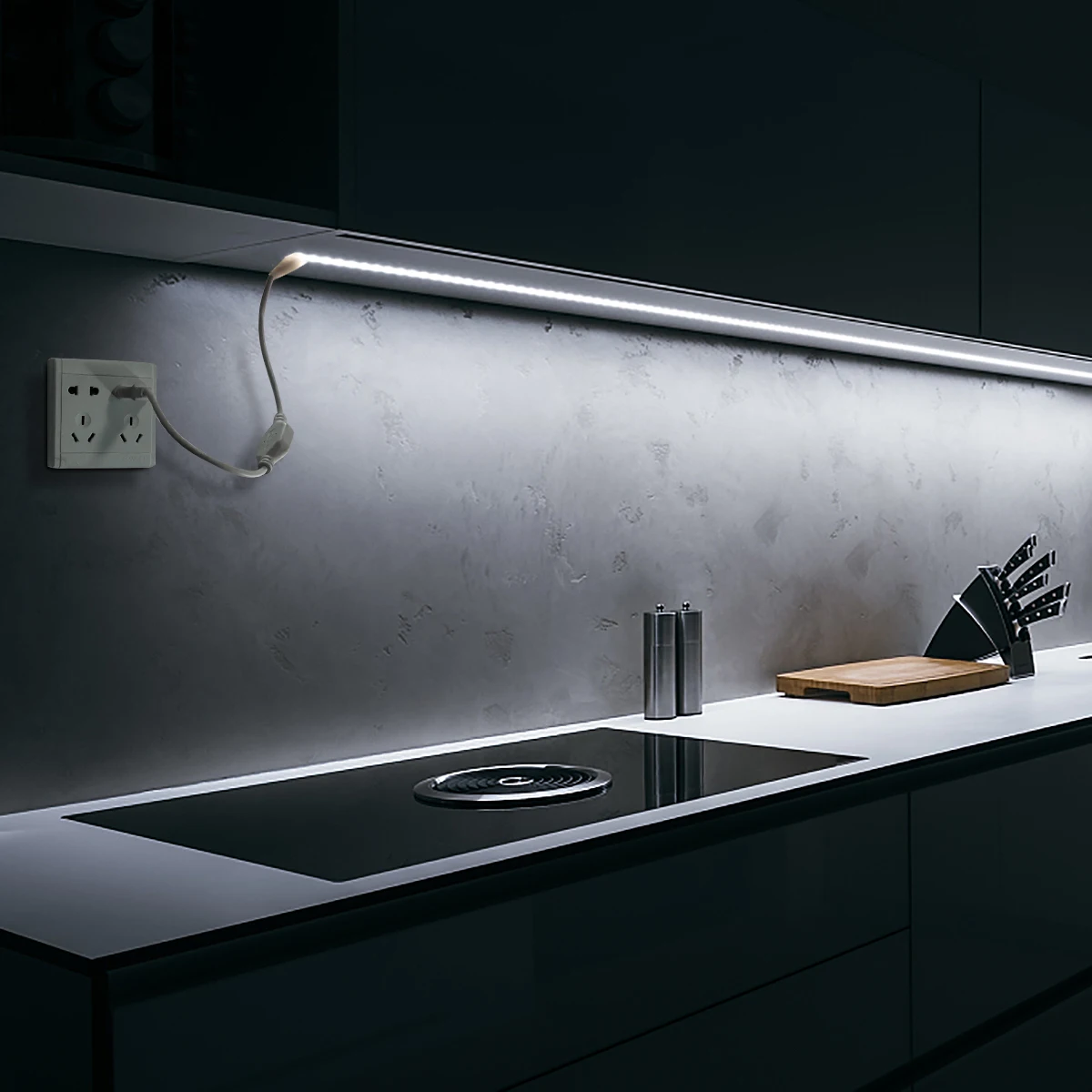 Cabinet Lighting for Small Kitchens
Cabinet Lighting for Small Kitchens
In small kitchens, maximizing space and creating an open feel is essential. Proper kitchen cabinet lighting can make a significant difference in enhancing the appearance and functionality of a compact kitchen.
Brightening Up Dark Areas
Small kitchens can often feel cramped and dim without adequate lighting. Under-cabinet lights and recessed lighting can help brighten up dark areas, making the space appear larger and more inviting. Bright, even illumination eliminates shadows and ensures that every corner of your kitchen is well-lit.
Creating the Illusion of Space
Strategic lighting can create the illusion of more space in a small kitchen. By incorporating LED strip lights along the edges of cabinets or installing toe kick lighting, you can add depth and dimension to the room. This type of lighting draws the eye upward, making the kitchen feel taller and more spacious.
Enhancing Storage and Organization
Proper lighting makes it easier to find and organize items in small kitchen cabinets. Inside cabinet lights illuminate the contents, allowing you to see neatly arranged spices, utensils, and pantry items. This not only improves functionality but also helps maintain an organized and clutter-free kitchen environment.
Multi-Functional Lighting Fixtures
In small kitchens, choosing multi-functional lighting fixtures is essential to save space and maximize utility. Select fixtures that provide both ambient and task lighting, such as pendant lights with integrated task lights or LED strips that serve multiple purposes. Multi-functional fixtures reduce the need for additional lighting, keeping the kitchen layout clean and efficient.
Cabinet Lighting for Large Kitchens
In spacious kitchens, kitchen cabinet lighting can enhance the grandeur and functionality of the area by highlighting key features and creating distinct zones for different activities.
Highlighting Kitchen Islands
Large kitchens often feature a central island that serves as a focal point. Pendant lights or chandelier-style fixtures above the island add visual interest and provide ample illumination for cooking, dining, and socializing. Highlighting the island with stylish lighting fixtures emphasizes its importance in the kitchen’s layout.
Defining Zones
In expansive kitchens, defining different zones for cooking, dining, and socializing is essential. Use distinct lighting fixtures, such as recessed lights for general illumination, pendant lights for the dining area, and under-cabinet lights for workspace illumination. Defining zones with specific lighting enhances both the functionality and the aesthetic appeal of your kitchen.
Enhancing Architectural Features
Large kitchens often boast architectural features like high ceilings, large windows, or elaborate cabinetry. Utilizing kitchen cabinet lighting to highlight these elements adds elegance and sophistication to the space. For example, install recessed lighting to accentuate crown molding or use spotlights to draw attention to decorative accents and unique installations.
Layered Lighting for Versatility
Layered lighting is particularly effective in large kitchens, offering flexibility and customization. Combine ambient, task, and accent lighting to create a dynamic and versatile lighting scheme that adapts to different activities and moods. Layered lighting ensures that every area of your large kitchen is adequately illuminated and beautifully showcased.
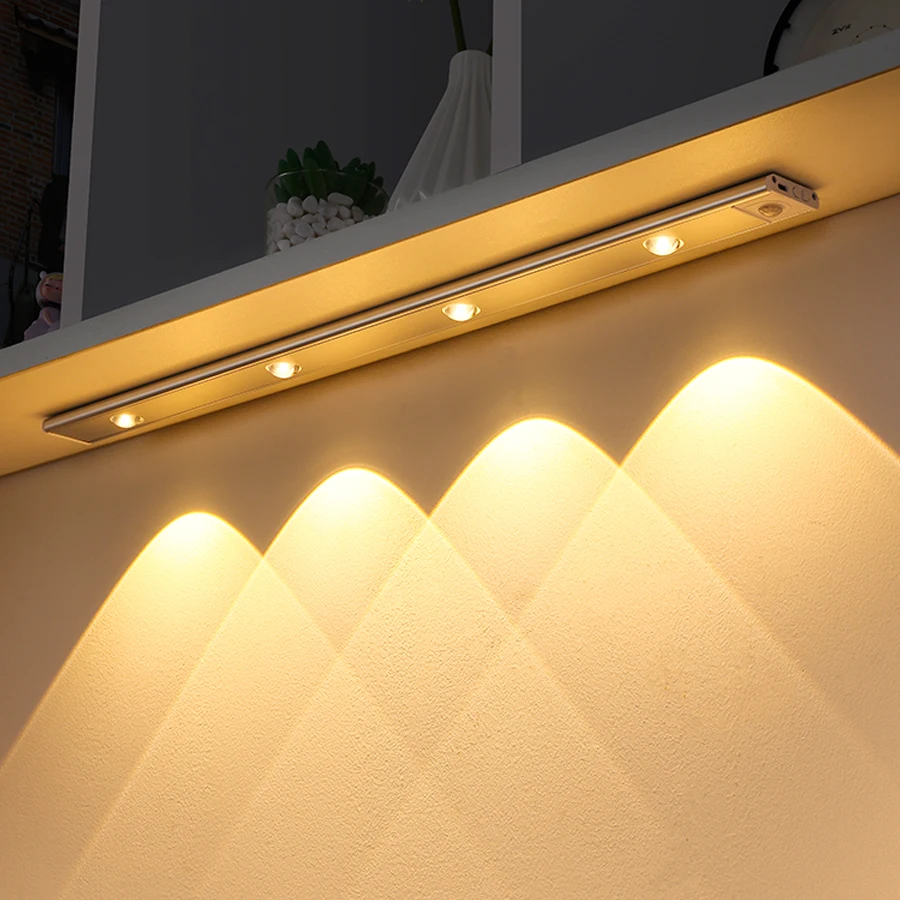 Cost and Budgeting for Cabinet Lighting
Cost and Budgeting for Cabinet Lighting
Planning a kitchen cabinet lighting project involves considering various cost factors to ensure that you stay within your budget while achieving the desired results. Here are some key aspects to consider when budgeting for your lighting upgrade.
Determining Your Budget
Establish a clear budget before starting your kitchen cabinet lighting project. Consider how much you’re willing to spend on fixtures, installation, and any additional accessories. Having a defined budget helps you prioritize your needs and make informed decisions about where to allocate your funds.
Choosing Affordable Lighting Options
There are plenty of affordable kitchen cabinet lighting options that offer great functionality and style without breaking the bank. LED strip lights, puck lights, and basic under-cabinet fixtures are cost-effective choices that provide excellent illumination. By opting for budget-friendly options, you can enhance your kitchen lighting without overspending.
Investing in Quality Fixtures
While it’s important to stay within your budget, investing in high-quality lighting fixtures can save you money in the long run. High-quality fixtures offer better durability, longevity, and performance, reducing the need for frequent replacements or repairs. Consider fixtures from reputable brands known for their reliability and excellence in the lighting industry.
DIY Installation vs. Professional Help
Installing kitchen cabinet lighting yourself can significantly reduce costs, especially if you have some DIY skills and the necessary tools. Simple installations, such as LED strips or plug-in puck lights, can be completed without professional assistance. However, for more complex projects like recessed lighting or wired fixtures, hiring a professional electrician may be necessary to ensure safety and compliance with electrical codes. Weigh the cost savings of DIY installation against the benefits of professional expertise to determine the best approach for your project.
Considering Energy Efficiency
Choosing energy-efficient lighting options can help you save money on electricity bills over time. LED lights, for example, consume less power and have a longer lifespan compared to traditional incandescent bulbs. While the initial cost of LED fixtures may be higher, the long-term savings and reduced replacement costs make them a cost-effective investment for your kitchen cabinet lighting.
Planning for Future Upgrades
When budgeting for kitchen cabinet lighting, consider any future upgrades or changes you might want to make. Allocating a portion of your budget for future enhancements ensures that you have the flexibility to update or expand your lighting system as your needs and preferences evolve. Planning ahead helps you avoid unexpected expenses and ensures that your kitchen remains well-lit and stylish over time.
Conclusion
In conclusion, kitchen cabinet lighting is an essential element that enhances both the functionality and aesthetics of your kitchen. By understanding the different types of lighting, selecting the right fixtures, and implementing creative design ideas, you can transform your kitchen into a bright, inviting, and stylish space. Whether you opt for under-cabinet lights, toe kick lighting, or smart lighting solutions, the right lighting can make a significant difference in your kitchen’s overall look and feel. Embrace the transformative power of kitchen cabinet lighting and elevate your kitchen’s ambiance, making it a more enjoyable and efficient area for cooking, dining, and entertaining.
